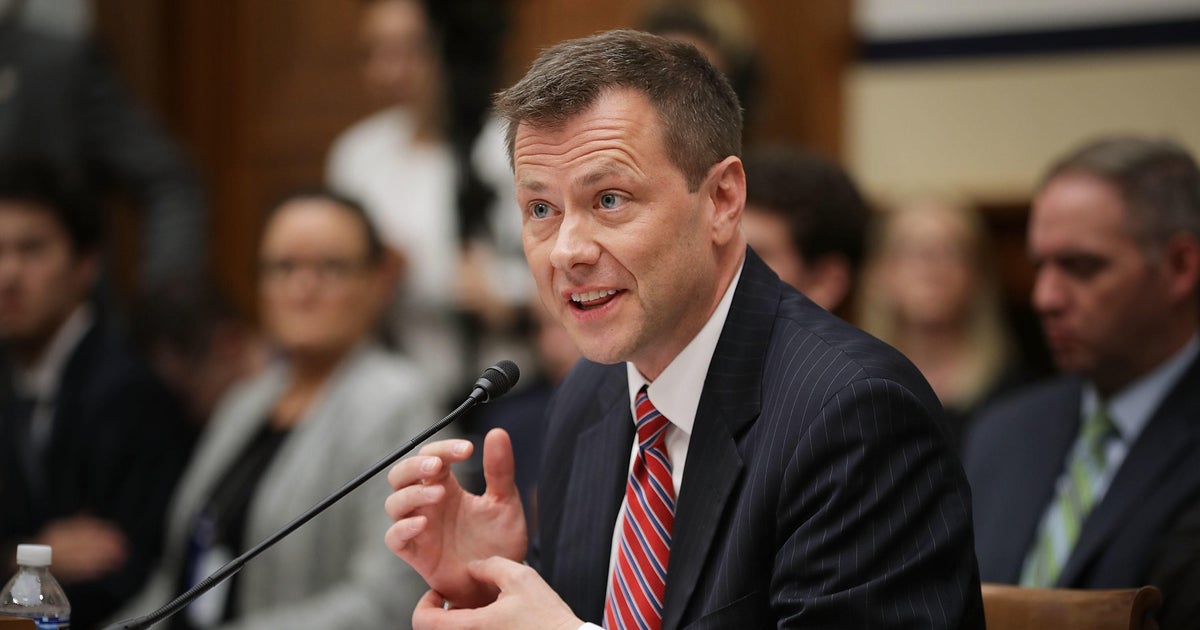Two years after Trump tax cuts, middle-class Americans are falling behind
- Over the next two years, income for middle-class Americans is projected to grow at less than half the rate as for the richest 1%, a recent Congressional Budget Office found.
- The country's top-earning households will also enjoy a bigger decline in tax rates than all other groups.
- As a result, income inequality in the U.S. — already at a 50-year high — is expected to worsen.
Income for middle-class Americans is growing more slowly than for both top earners and the poor, according to the Congressional Budget Office. The analysis comes two years after President Donald Trump enacted the Tax Cuts and Jobs Act, a major overhaul in the nation's tax laws billed by the White House as a boon for the middle class.
After accounting for taxes and government benefits, the middle fifth of households will see their income grow by 6.6% through 2021, the CBO forecast — that compares with a 17% gain projected for America's richest workers. In dollars and cents, the middle 20% of families will have seen their income grow a total of only $4,400, to $70,300, between 2016 and 2021, the agency estimated.
Income for the top 1% is expected to rise nearly $200,000 over that same five-year period to nearly $1.4 million; the bottom 20% could see their annual income grow a total of $1,700 to $36,700.
The analysis factors in the impact of taxes and of government "transfers," which include benefit programs such as Medicaid and food stamps (but exclude social insurance programs like Social Security).
Thanks to the Tax Cuts and Jobs Act, top earners are also expected to get the biggest overall reduction in taxes over the five-year period studied by the CBO — their tax rate is projected to slide by 3 percentage points over the next two years, versus a dip of only 1 percentage point for the bottom 95% of earners, according to the CBO. The tax rate for households in the 96th to 99th percentiles is expected to fall by 2 percentage points.
The findings may fuel criticism that the lion's share of the gains from the 2017 tax law has gone to the rich and to corporations. The analysis also calls into question whether the nation's ongoing economic expansion — now in its 10th year — is significantly improving most Americans' standard of living, analysts said.
"Significant improvements in the quality of life of the middle class are not likely to come from general economic growth, or at least not anytime soon," wrote Brookings senior fellow Richard Reeves and research analyst Christopher Pulliam in a blog post assessing the CBO's projections.
To be sure, the gap between rich and poor has been widening for decades in the U.S., with the CBO noting that the top 1% enjoyed much faster average income growth from 1979 to 2016 than other groups.
Interestingly, before taxes and transfers, income growth since 1979 for both the lowest-earning and top-earning Americans has outperformed the middle-class — a trend the CBO expects to continue. Over the next two years, income for the bottom 20% of earners is forecast to grow 6.3% and to jump 12% for those at the top. That compares with a projected 5.8% income gain for the middle 20%.
Why the middle class is losing ground
Several factors are widening the gulf between the middle class and the rich in the U.S., the CBO says. Most important, top earners are grabbing a larger share of the nation's overall income, which could be due to "superstar" workers and top executives receiving huge pay packages, according to the non-partisan agency.
Secondly, capital gains — the income earned from property or investments like stocks — have grown much faster than the income from labor. In other words, a rank-and-file worker can't hope to match the income booked by a wealthy investor's portfolio. Income from labor will grow at an average annual rate of 1.3% between 2016 and 2021, while capital gains will increase at an annual rate of 6.3% over the same period, the CBO estimates.
That trend overwhelmingly favors the rich. The CBO notes that capital gains contributed less than 2% of income for the bottom 99% of U.S. income earners, but accounts for 22% of the total income for the country's richest 1% of households.
Stuck in the middle
The Tax Cuts and Jobs Act gave big tax breaks to corporations, lowering the business tax to 21% from 35%. That's allowed corporations to spend hundreds of billions repurchasing their own stock, which helps investors, and boost dividend payments.
The law also gave a valuable tax break to some professionals through what's known as the "pass-through" deduction, which allows them to lop off 20% of their income before paying the IRS.
At the same time, the lowest-earning Americans are seeing higher pay as more states and cities boost the local minimum wage. Labor movements such as the Fight for $15 are also putting pressure on low-wage employers to increase their hourly rates.
That leaves the middle class without visible means of catching up to the top-earning Americans, while also trailing the gains eked out by the poorest workers.
It could take "concerted efforts" to reverse the stagnation that the middle class is likely to see over the next several years, the Brookings experts said. For instance, new policies such as expanded tax credits and help with housing costs could help boost growth for this group, they noted.




